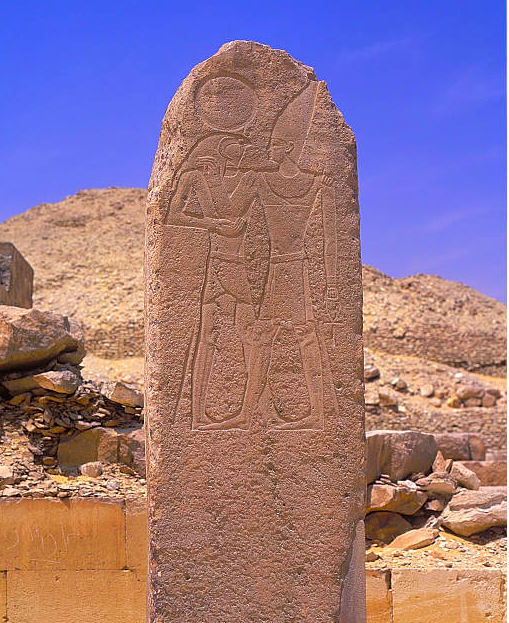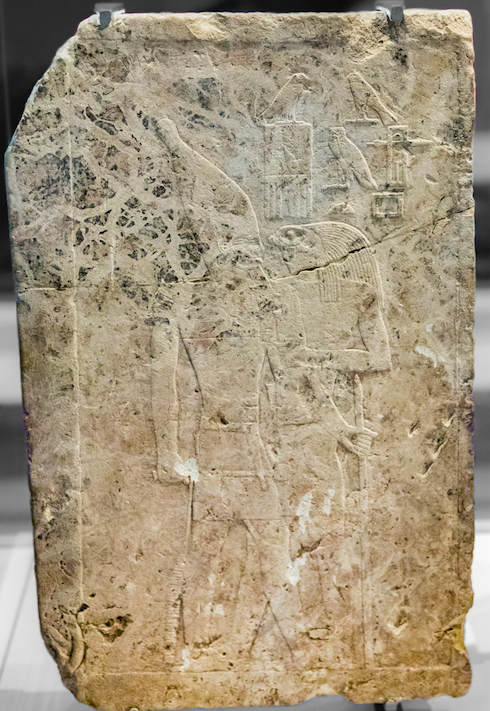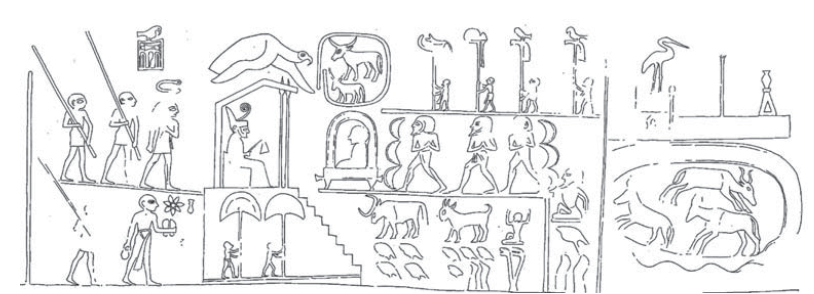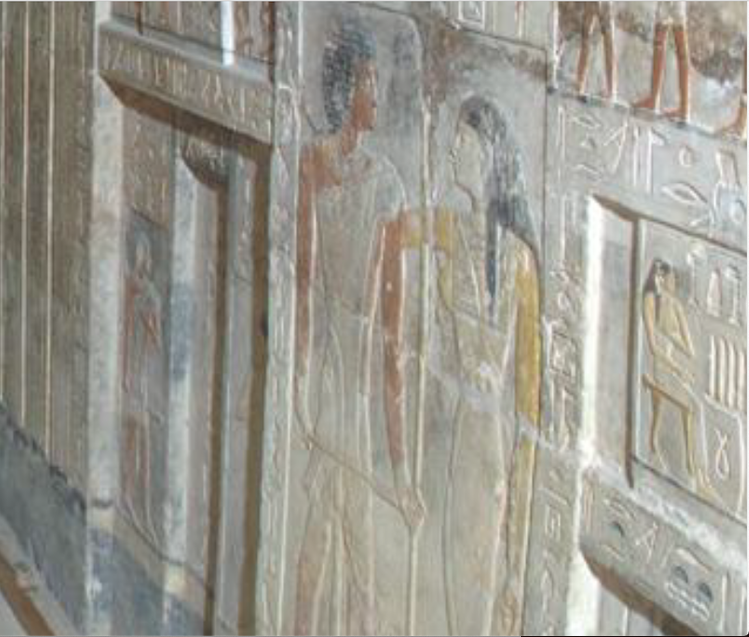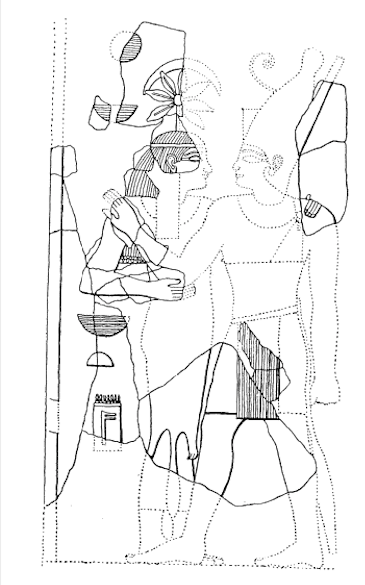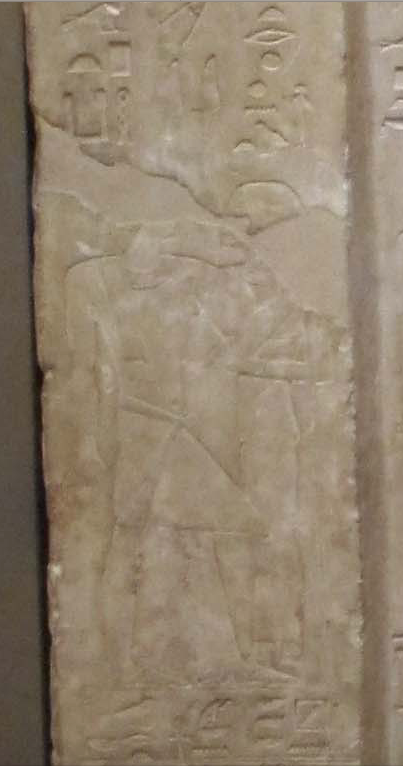The mother and milk
New interpretation about the statuette in alabaster of queen Ankhnes-merirê II (we'll come back about this name) and her son Pepy II (VIe dynasty) (kept in Brooklyn Muséum; Ht. 39,2 cm).
The queen is nursing her royal child whose size is indeed that of a child but whose body and head are those of an adult. The scene is then symbolic.
The mother and her milk, represents the « earth » (=the egyptians) united conjugally (infra and forthcoming paper) with the pharaoh/Osiris-Horus-Rê (hence the royal epithet « bull (=husband) of his mother (the cow Hathor or Hesat) » :
cf. TP 269 §381a-b (W/A/S 32 P/V/W 9 M/C/Nw 1 Wd/F/Nw x)
(The beginning of the spell concerns the union between the gods (divinised men) and N (=le pharaon/Osiris-Rê) by the picture of the mixing of their parfume/life/love, then the picture of the rebirth (=resurrection) of N who « pr, goes out » on Isis and Nephtys's « thighs, mnty » (Isis and Nephtys = the two river banks/egyptians). Then the metaphor of the new-born (resurrected/crowned(=conjugaly united with the mother/country) continues :
« O N's mother, Jpy, give to this N this breast of yours, that N could bring it on his mouth (mwt N Jpy jdj n N mn?=?, ?? n=f sw N pn tp r(?)=f),
and that N could suckle this milk of yours, white, bright, sweet (snq N jr?t jptw ??t, sšpt bnjt)
This earth where N goes out , where N will not be thirsty, where N will not be hungry for ever (t? pf jšm N jm=f, n jb N jm=f, n ?qr N jm=f ?t) »
Love song (New Kingdom): « (She, the «sister (=humanity)» says ton her brother (=Osiris-Rê)) Will you go out for hungry (Jn-jw j.šm=k ?r ?qrw)
while I can give you my breast ? (šsp=j n=k mn?=j) ?
their resources for you are flooding (b??(=w) n=k ?t=sn).
One day embracing me is more beneficial than one hundred thousand land ! (??(=w) hrw n ?pt=j [...] r ?fn.w (?)?t) » (P. Harris 500, 1, 5-6).
Laure de Lamotte ©
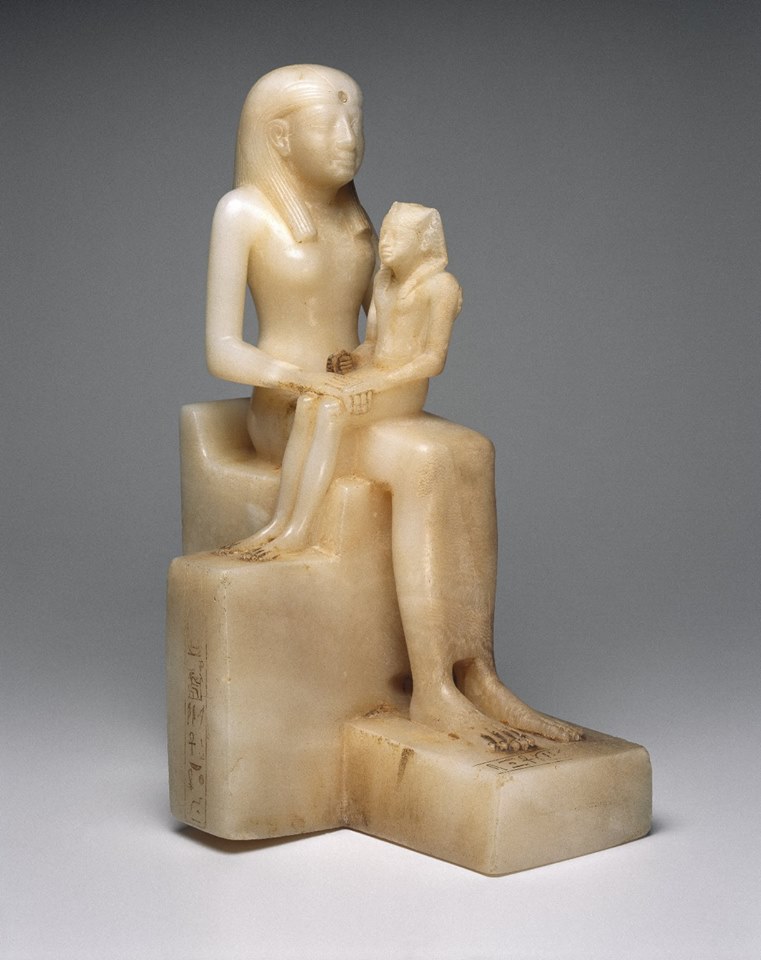
Last edited: 03/06/2021
Add a comment


